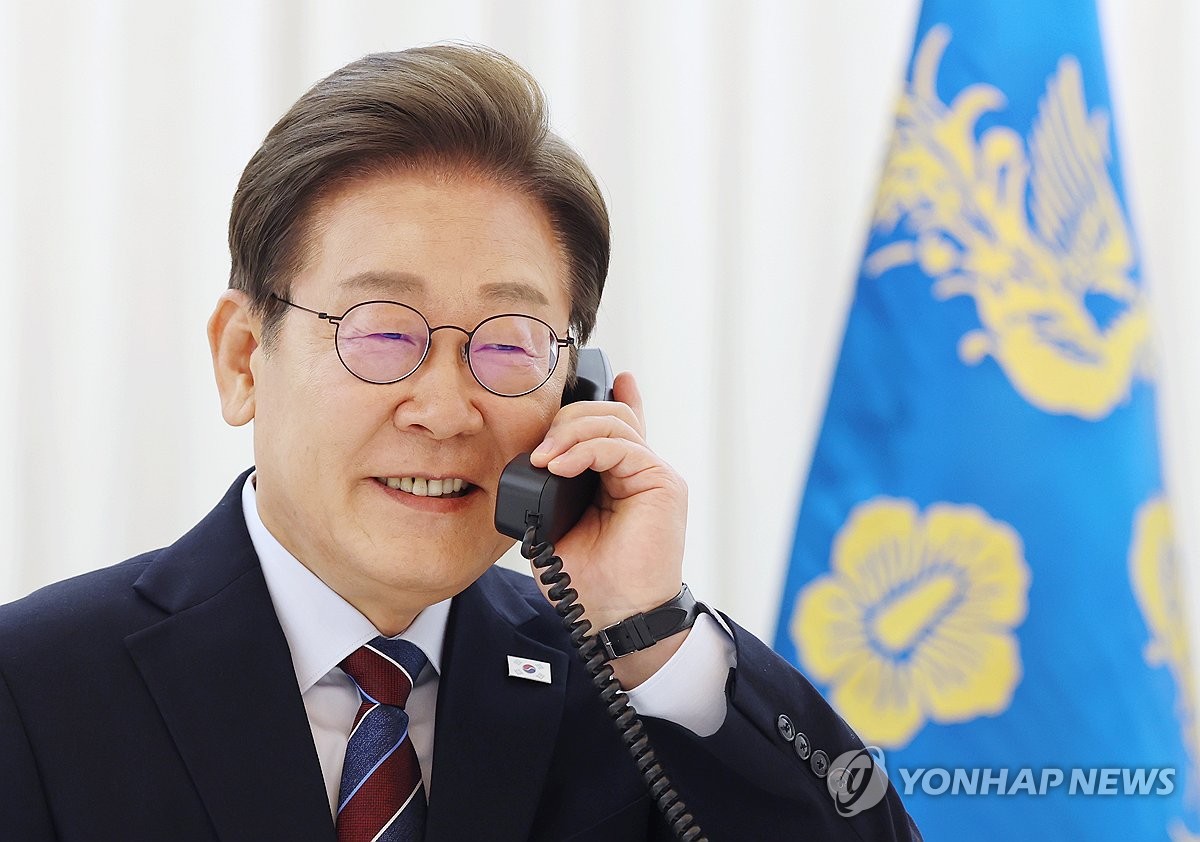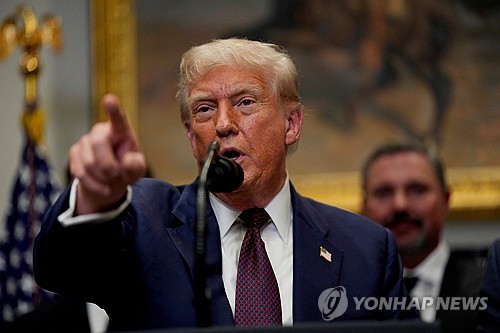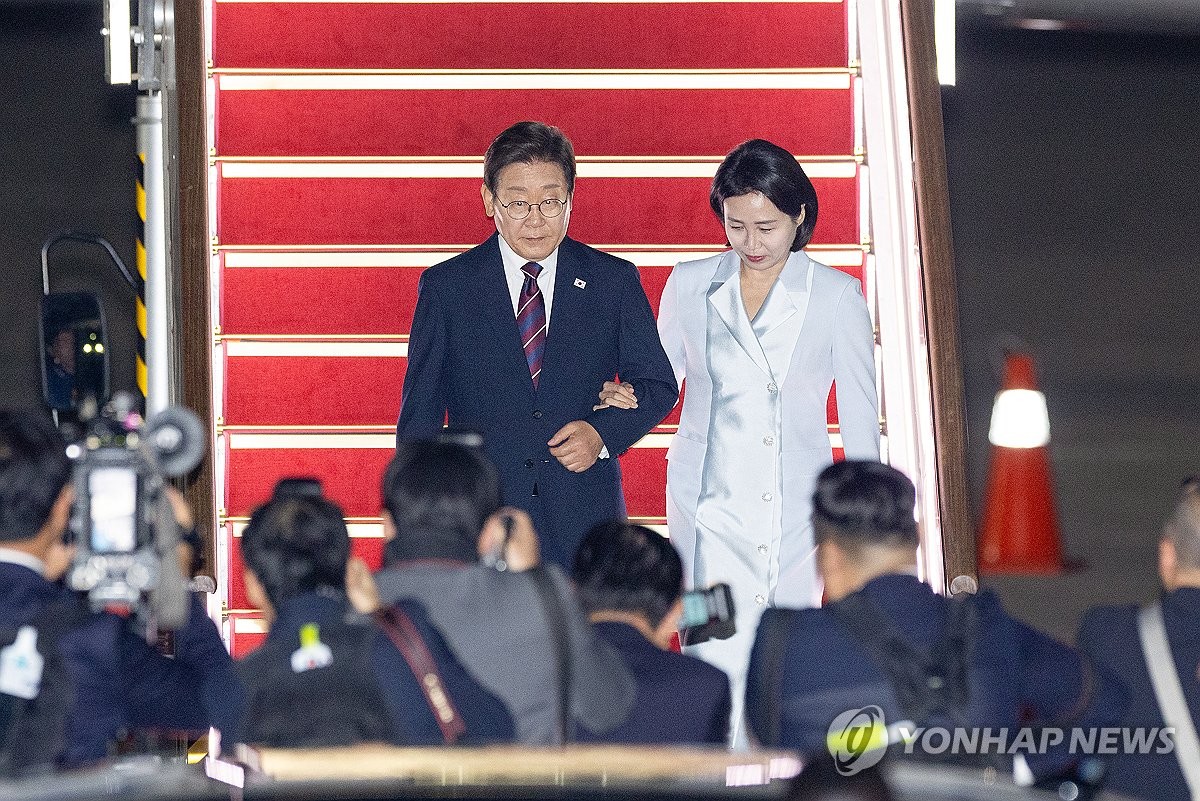South Korea and the US are discussing stabilizing trade, modernizing the ROK-US alliance, and developing cooperation in areas such as nuclear energy.
Reaffirmation of future-oriented cooperation with Japan... Will a second"Kim Dae-jung-Obuchi Declaration" emerge?

(Seoul = Yonhap News) Reporter Lee Sang-hyun = President Lee Jae-myung will make a series of visits to Japan and the United States for three nights and six days starting on the 23rd.
It is expected that major agenda items in the fields of security and trade will be discussed at the upcoming Korea-Japan and Korea-US summits.
President Lee, who has emphasized the keynote of"pragmatic diplomacy," is expected to make diplomatic efforts to deepen the Korea-U.S. alliance and Korea-Japan cooperative relationship while also maximizing national interests.
At a briefing held on the 22nd, a day before the visit, National Security Advisor Wi Seong-rak said,"The ROK-US alliance is at the core of pragmatic diplomacy centered on national interests," and added,"We intend to develop stable ROK-Japan relations based on the ROK-US alliance and continue to strengthen ROK-US-Japan cooperation."
◇ Three Key Goals of the US Visit: Trade Stabilization, Alliance Modernization, and Development of Cooperation
The government has set forth the following as the main agenda items for the Korea-U.S. summit: ▲ stabilization of the Korea-U.S. economy and trade ▲ modernization of the Korea-U.S. alliance in terms of security ▲ development of new areas of cooperation between Korea and the U.S.
In the economic and trade sectors, the task is to finalize the details of the tariff negotiations concluded at the end of last month and elevate them to the summit level agenda, thereby reducing uncertainty in the economic environment.
Previously, the two countries agreed that the U.S. would lower its reciprocal tariffs on South Korea from 25% to 15% in exchange for South Korea investing $350 billion in the U.S.
Afterwards, a subtle 'temperature difference' was detected between Korea and the US regarding some of the agreements, such as whether to further open the rice and beef markets.
Attention is focused on whether this summit will clearly resolve these questions and produce concrete cooperation plans, thereby reducing uncertainty in the trade sector.
However, it cannot be ruled out that the United States may again exert pressure by raising the issue of 'non-tariff barriers' in areas such as agricultural products and digital technology.
If differences of opinion are revealed here, such as the scale of investment in the U.S. and its linkage with security negotiations, there is concern that instability could increase, contrary to the government's expectations.

In the security field, it appears crucial to ultimately steer the U.S.'s demand for"modernization of the ROK-U.S. alliance" in the direction of South Korea's desire for "strengthening the combined defense posture," thereby strengthening security.
Modernizing the ROK-US alliance encompasses a wide range of issues, from changes in the size and role of US forces stationed in Korea to an expanded role for the ROK military, an increase in South Korea's defense budget, and the transfer of wartime operational control.
In particular, this is linked to the"expanding strategic flexibility" of the US Forces Korea, which is directly related to the security of the Korean Peninsula. It will not be easy for South Korea to accept this, so attention is focused on the level at which South Korea and the US will find common ground.
In addition, securing US support for the three-step approach of"freeze-reduction-denuclearization" previously announced by President Lee and creating an atmosphere for dialogue between North Korea and the US and between South Korea and the US for peace on the Korean Peninsula are also expected to be challenges.
The discovery of new areas of cooperation, including shipbuilding, nuclear power, artificial intelligence (AI), semiconductors, and defense research and development (R&D), is also expected to be a major agenda item at the summit.
Specific measures for US-ROK shipbuilding cooperation related to the 'MASGA Project' and a detailed plan for the $200 billion strategic industry investment can be discussed.
The government is also expected to make efforts to secure policy autonomy in uranium enrichment and nuclear fuel reprocessing from an industrial and environmental perspective through revisions to the Korea-U.S. nuclear agreement.
![[모멘트] 이재명 대통령, 이시바 일본 총리와 한일 정상회담](https://img2.yna.co.kr/photo/yna/YH/2025/06/18/PYH2025061820810001300_P4.jpg)
◇ Reaffirmation of Korea-Japan Future-Oriented Cooperation… Will a Second"Kim Dae-jung-Obuchi Declaration" Be Emerged?
The South Korea-Japan summit is likely to reaffirm the "two-track" approach of separating past and future agendas, leading to comprehensive discussions on future-oriented cooperation.
It is expected that the focus will be on strengthening strategic communication to respond to the rapidly changing international situation and the new trade and commerce order originating from the United States.
In particular, discussions could include South Korea's accession to the Comprehensive and Progressive Agreement for Trans-Pacific Partnership (CPTPP) and cooperation among South Korea, the United States, Japan, Russia, and North Korea, focusing on developing the Arctic shipping route.
In a previous interview with Japan's Yomiuri Shimbun, the president said,"Korea and Japan need to create a groundbreaking economic cooperation relationship that goes beyond the level of cooperation they have had so far," and "It is now time to seriously discuss solidifying an economic cooperation organization for Pacific Rim countries, including East Asia."
Another point of interest is the extent to which historical issues, which have always caused sharp conflict between Korea and Japan, will be addressed.
Political circles predict that the government will focus on creating conditions that will allow Japan to change its stance in the mid- to long-term, rather than taking a sharply confrontational stance this time.
Attention is also focused on the content of the agreement to be included in the Korea-Japan summit.
As this year marks the 60th anniversary of the normalization of diplomatic relations between South Korea and Japan, there are some who expect that the agreement may contain content similar to the declaration made by then-President Kim Dae-jung and Japanese Prime Minister Keizo Obuchi in 1998, which was a turning point in improving South Korea-Japan relations.
Furthermore, attention is focused on whether this meeting will serve as the starting point for"shuttle diplomacy" between the two leaders, leading to more frequent face-to-face meetings than under previous administrations.


